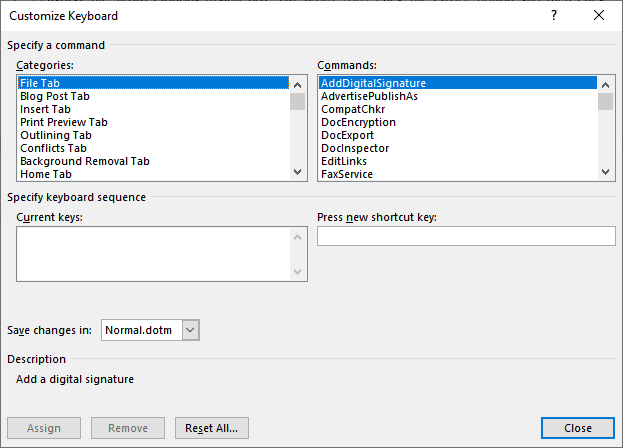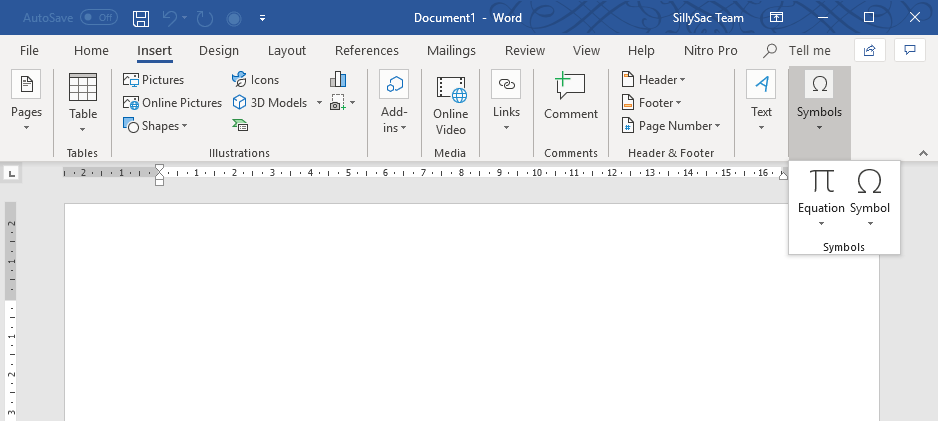

- #MICROSOFT WORD KEYBOARD SHORTCUTS INSTEAD OF TYPING HOW TO#
- #MICROSOFT WORD KEYBOARD SHORTCUTS INSTEAD OF TYPING SOFTWARE#
Use sentence capitalization to refer to a specific arrow key: the Left arrow key, the Right arrow key, the Up arrow key, or the Down arrow key. Refer to similar keys on the numeric keypad as the arrow keys on the numeric keypad.

Use the Application key to refer to the key that opens a shortcut menu containing commands related to a selection.Īrrow keys, direction keys, directional keys, movement keysĪrrow keys are labeled only with an arrow.

You need guidance for a key name that isn't on this list, use sentenceĬapitalization and spell it as it appears on the keyboard. On subsequent mentions, refer to the key by its name only. On the first mention, you can use the definite article the and the word key with the key name if necessary for clarity. Lowercase and bold a letter key when instructing customers to enter the letter (unless you're instructing them to enter a capital letter). Examples the Shift key the Page up keyĬapitalize letter keys in general references. In general, use sentence capitalization for key names. See also Describing interactions with UI, Mouse and mouse interaction term collection Don't use select and hold when referring to a mouse button unless you're teaching beginning skills.
#MICROSOFT WORD KEYBOARD SHORTCUTS INSTEAD OF TYPING SOFTWARE#
Use select and hold only if a delay is built into the software or hardware interaction. Consider using a table to present instructions that have more than two alternatives. Example To run through the obstacle course, select the Spacebar on the keyboard or pull the right trigger on the Xbox controller. Be specific when teaching beginning skills. Example Use the controls on your keyboard or controller to run through the obstacle course. Use use when multiple platform or peripheral choices initiate the same action or actions within a program. Example Use the arrow keys to move around the text. Use use when select might be confusing, such as when referring to the arrow keys or function keys and select might make customers think that they need to select all the arrow keys simultaneously. Don't use depressed to describe an indented toolbar button unless you have no other choice. Don't use press, depress, hit, or strike. Use select to describe pressing a key on a physical or on-screen keyboard. Example Select the Minus sign on the numeric keypad, not the Hyphen key on the keyboard.ĭon't use keypress. When the customer can select two keys that look the same, direct the customer to the correct key. In general, don't distinguish between the keyboard and the numeric keypad. When in doubt, continue to use numeric keypad. Don't use keypad by itself unless the context has been established and there's no possibility the customer will confuse the keypad with the keyboard. If you use these terms, explain the difference. In content for a technical audience, it's OK to distinguish between a key sequence (two or more keys selected sequentially) and a key combination (two or more keys selected simultaneously). If you use these terms, explain the difference.ĭon't use in content for a general audience. In content for a technical audience, it's OK to distinguish between a key combination (two or more keys selected simultaneously) and a key sequence (two or more keys selected sequentially). In content teaching basic skills or content for a technical audience, it's OK to use Key Tip to refer to the letter or number that appears in the ribbon when the Alt key is pressed.ĭon't use in content for a general audience.

In general, don't use in content for a general audience. A shortcut key is a key or key combination that users select to perform a common action. An access key is a letter or number that users select to access UI controls that have text labels. In content for developers or content about customizing the UI, it's OK to distinguish between an access key and a shortcut key. Example Alt+Ctrl+S Don't use accelerator key, fast key, hot key, quick key, or speed key.ĭon't use in content for a general audience. In general, use keyboard shortcut to describe a combination of keystrokes used to perform a task. Keyboard shortcut, accelerator key, fast key, hot key, quick key, speed key
#MICROSOFT WORD KEYBOARD SHORTCUTS INSTEAD OF TYPING HOW TO#
This term collection covers how to refer to keyboard shortcuts and the names of specific keys.įor information about describing customers' interactions with UI, see Procedures and instructions.


 0 kommentar(er)
0 kommentar(er)
